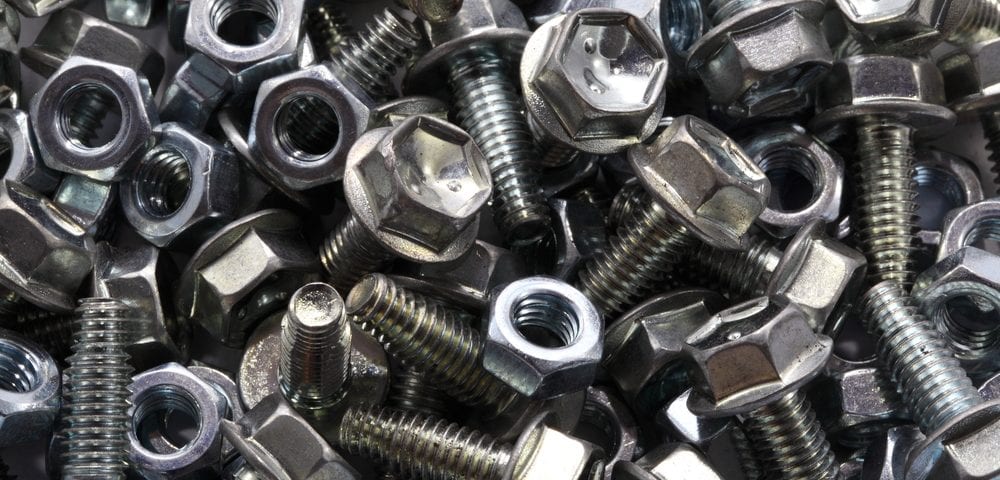Understanding and Preventing Metal and Steel Galling, Part 2

Understanding and Preventing Metal and Steel Galling, Part 1
September 4, 2020
Comparing Stainless and Galvanized Steel Properties, Part 1
September 18, 2020In part one of this two-part blog series, we went over some of the basics on steel and metal galling. A process derived from friction and a few other conditions, galling involves metals that contact each other actually adhering together, creating several potential issues.
At Wasatch Steel, we’re here to provide not only a wide variety of steel products and steel services, but also expertise on any potential metal effects that may take place for any of our materials. In today’s part two of our series, we’ll dig into why stainless steel and certain other metals are known to be susceptible to the galling process, plus how you can better understand and even prevent this process from taking place.
Stainless Steel and Susceptible Metals
There are several metals that are potentially susceptible to galling based on the conditions we described in part one. The two most common are aluminum and austenitic stainless steels, with the effect being much less likely in metals like tool steel or martensitic stainless steel.
Why are certain types of stainless steel at particular risk here? Largely due to how “sticky” these materials often are relative to other metals. Compared to materials like zinc-plated steel or others, stainless steel is actually pretty soft and can be highly prone to changes due to friction. While some forms have a coating that protects from galling and other effects, this coating can also rub off and expose the steel itself.
Galling Timing
When might galling take place? The most common situations here involve applications where ductile metals are placed in situations where high amounts of friction between metals are present. Think of stainless steel or aluminum fasteners, which are used in multiple industries – these are regularly in contact with other metals under such conditions, and galling is particularly common in these and similar areas. Other metals that are commonly at risk include any that are part of high-friction machinery.
Galling Prevention
Here are some general tips for preventing galling from taking place during any metal project, including those with higher galling risks:
- If possible, choose a metal that is not highly prone to galling, such as hardened tool steel.
- Limit the amount of friction involved in any application through proper use of lubricant.
- When working with threaded fastener applications of any kind, select coarse threads that will limit friction and protect themselves.
- If you know metals will be touching during a given application, ensure the contacting metal surfaces are clean.
- In similar applications, do whatever you can to reduce the load placed on the contacting metallic surfaces.
- In some cases, a helicoil insert is ideal for reducing fastener galling in certain metals, including aluminum.
For more on avoiding galling within a metal application, or to learn about any of our steel products or services, speak to the staff at Wasatch Steel today.



